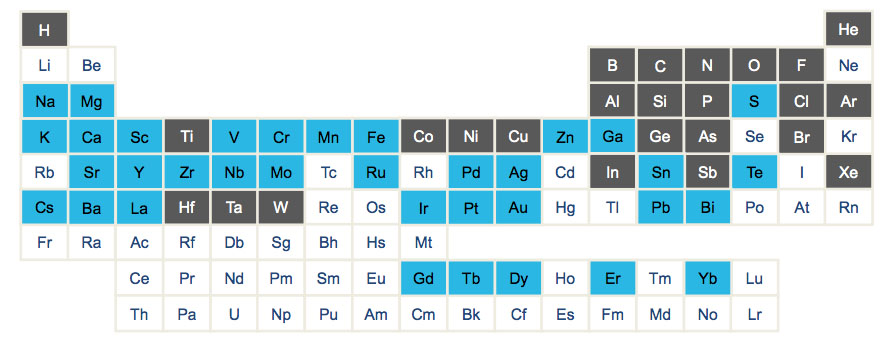Novati is a semiconductor company that you probably haven’t heard of. It has its roots in Sematech back when Sematech was mainly in Austin rather than New York where it is today. The Sematech fab first became an independent company and then acquired by SVTC and operated under that name for 4 years. Finally, last the investors pulled the plug and SVTC ceased operations. Dave Anderson, the senior guy, felt that there was a lot of value that would be lost and Tezzaron Semiconductor helped them acquire the assets and create the new company, The Novati name comes about as the middle letters of “innovation.” They managed 100% retention of all the customers. They are working on products for life sciences, semiconductor, defense, security, telecom, consumer.
Novati doesn’t really do volume manufacturing. What it does is develop semiconductor processes and products with novel materials added. In fact they cover more of the periodic table than anyone else in terms of elements the use in the fab, over 60 at present. In the above table the black elements are ones found in a typical fab, and the blue ones are unusual elements that Novati have.
They have mix of equipment ranging from contact lithography at 3um and can get down to 45nm with selective use of double patterning. But most work is actually around 180nm. Mostly 200mm wafers for development but have some 300mm equipment too.
The company has 110 people and has a 68,000 square foot fab. Can run about 2000 wafers per month. A typical contract is to develop a new process or a new product, ramp it to low volume and then transfer everything to a traditional high volume fab. This is the best of both worlds, avoiding lots of low volume development in a production fab, and also avoiding the risk of contamination with odd substances.
They have about 75 customers but most of them regard working with Novati as a strategic edge and they don’t want the secret to get out. Which obviously creates a marketing challenge. Three names that Dave could share were Raytheon, Northrop Grumman and Nanomedical Systems.
What sort of things are they working on? Implantable drug delivery. Infrared cameras for defense application. Genome sequencers. Quantum computing. Microfluidics. Carbon nanotube memory. Lasers integrated on silicon. On-chip sensors. So, not your next SoC for the mobile industry.
Share this post via:








Quantum Advantage is About the Algorithm, not the Computer